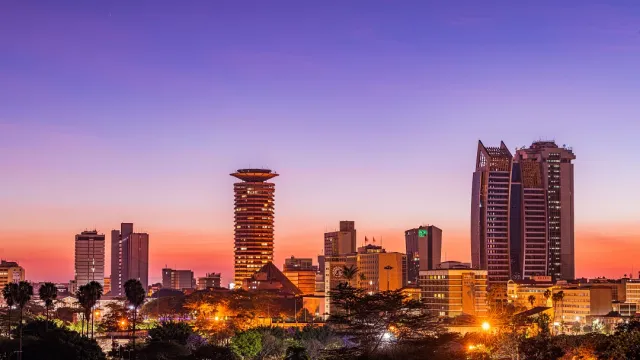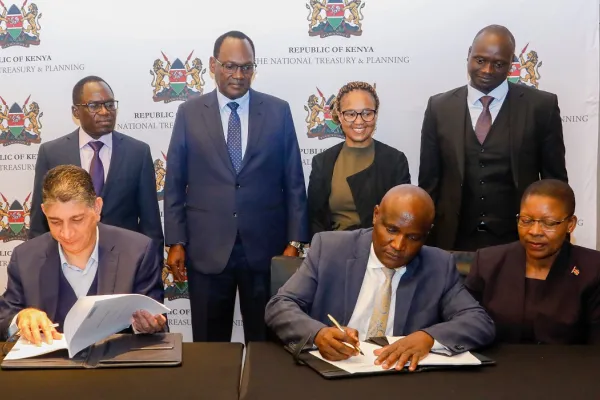Private sector posts sharpest rise in output in nearly four years

Stanbic's PMI survey is undertaken by contacting to purchasing managers in a panel of around 400 private sector companies. The sectors covered by the survey include agriculture, mining, manufacturing, construction, wholesale, retail and services.
Kenya's private sector business activity expanded markedly in October with the Stanbic Bank Purchasing Managers’ Index (PMI) edging up to 52.5, up from 51.9 in September, marking the highest that the index has been since February 2022.
October saw the sharpest increase in output levels in nearly four years as sales continue to strengthen while input inflation hit a 13-month low.
PMI readings above 50.0 signal an improvement in business conditions on the previous month, while readings below 50.0 show a deterioration. Stanbic's PMI survey is undertaken by contacting to purchasing managers in a panel of around 400 private sector companies. The sectors covered by the survey include agriculture, mining, manufacturing, construction, wholesale, retail and services.
"Kenya’s private sector in October saw both output and new orders up sharply as conditions improved for consumers and firms benefited from softer inflation. Firms ramped up quantities purchased and increased inventory levels, expecting higher consumer demand," explained Christopher Legilisho, Economist at Standard Bank, adding: "They also reported quicker deliveries reflecting increased efficiency and vendor competition."
The report shows that increasing demand across industries saw companies step up their purchasing activity for the first time since April even as input costs for businesses went up at the slowest pace in just over a year.
"As input prices, purchase prices, staff costs and output prices increased only modestly. Low prices pressures imply that, while output conditions have improved, they are not fueling demand-driven inflation," added Legilisho.
The PMI survey indicated a further recovery in the Kenya's private sector activity following the disruptions caused by protests in the second quarter of the year. After accelerating to a 28-month high in September, employment growth moderated during the month under review to a mild pace at the start of the fourth quarter.
In October, output and new business orders increased for the second consecutive month, with both growth rates accelerating, posting the strongest expansion since December 2021.
Firms surveyed indicated that the economy experienced a strong uplift in sales volumes and improving economic conditions which prompted a solid increase in buying activity. Others noted the procurement of new items due to product launches and business diversification efforts across segments.
"However, firms were less optimistic about future output conditions. Employment was stable in October for most firms as they maintained their workforce, while backlogs shrank as they cleared outstanding orders," noted Legilisho.
Finally, output expectations dipped to a four-month low in October, yet they remained among the strongest since early 2023. Exactly 20 percent of survey respondents forecasted an increase in activity by October next year, while the rest maintained a neutral outlook for the private sector.




